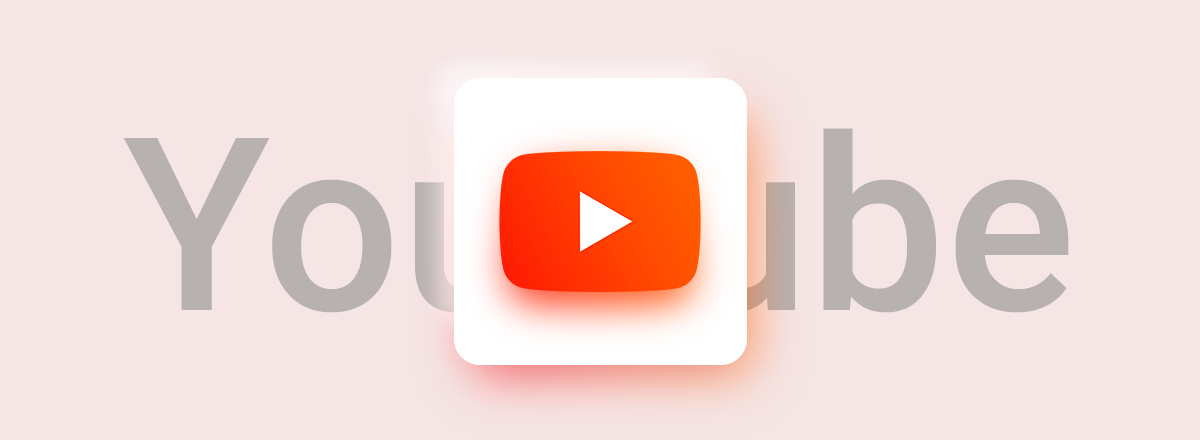Video hosting YouTube announced a new experiment. In the coming weeks, the platform will begin testing a new interface design with a hidden dislike counter. At the same time, the authors of the videos will still be able to see the number of dislikes in their personal account on YouTube Studio.
Creators, you'll still be able to see the exact number of likes and dislikes in YouTube Studio. For viewers, if you're in the experiment, you can still like or dislike a video to share feedback with creators and help tune the recommendations you see on YouTube.
— YouTube (@YouTube) March 30, 2021
YouTube has no plans to remove the dislike counter for everyone yet. Right now, the platform is only collecting user feedback on the experiment, which will help the service analyze if such an update is needed in the future.
This experiment is a response to the complaints of content creators about targeted attacks of dislikes on a creator's video, within which a particular video is massively disliked. For several weeks, a certain group of users will see only likes under other people's videos, and the counter of dislikes will be turned off for them.
YouTube believes that dislikes can negatively affect the well-being of video creators, so refusing to publicly display dislikes counters will help reduce social pressure on users and positively impact their mental health.

It is important to note that the dislike button itself will continue to work within the experiment. Users will be able to continue disliking videos, and the algorithms will take that into account when making recommendations.
The list of countries in which testing will be available, as well as how many users will take part in it, is not specified. Through this experiment, YouTube wants to know how the presence of a public dislike counter affects the popularity of a video and its rating. They probably mean a phenomenon when people dislike the video because they see that it already has a large number of them, even if the viewer liked the video.
Previously, YouTube considered three options: hide both the likes and dislikes counters, complicate the ability to dislike by adding additional actions, or remove likes and dislikes altogether.

In 2019, Facebook and Instagram tested designs with hidden likes. The company said the innovation was intended to help users focus on content, not popularity.














